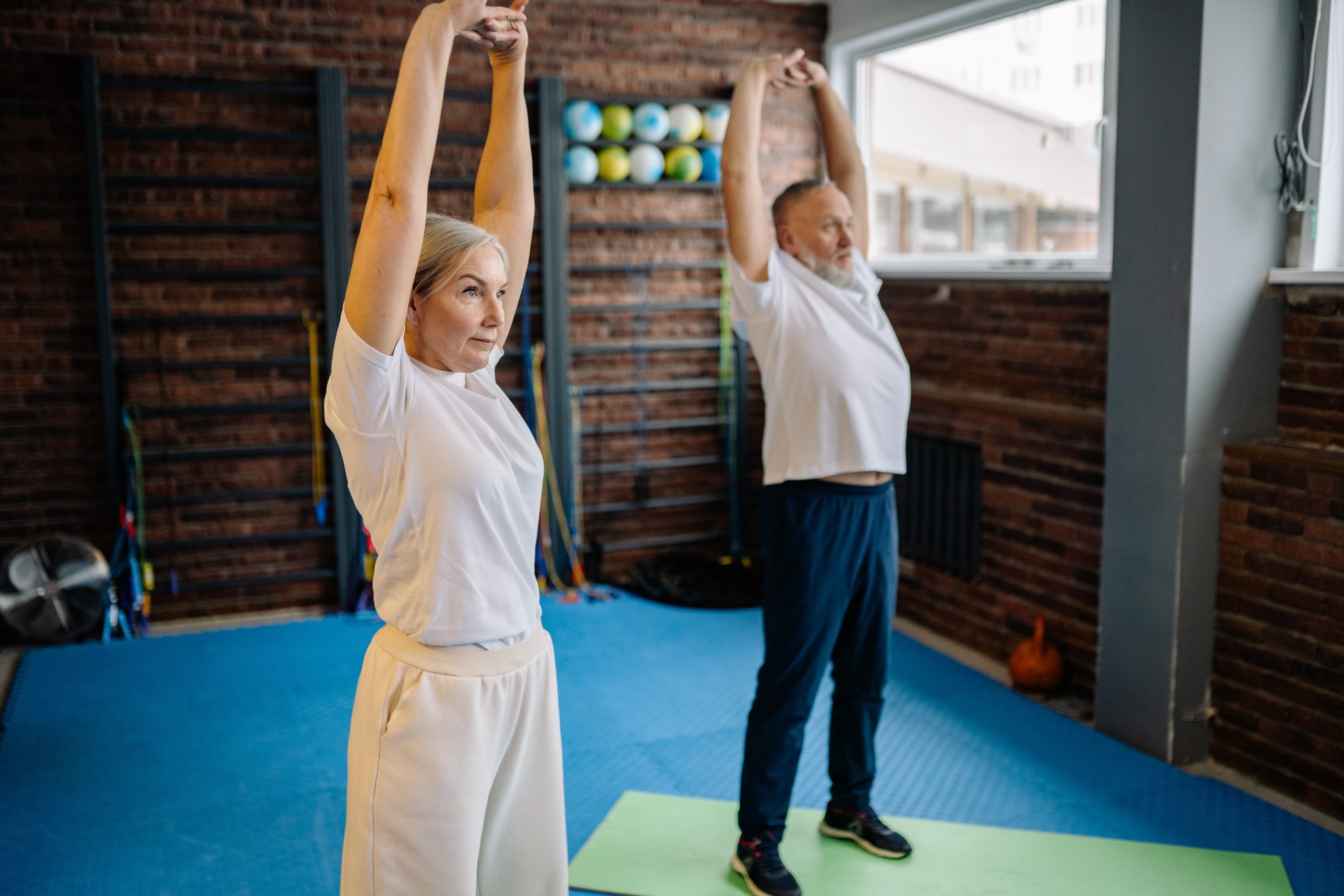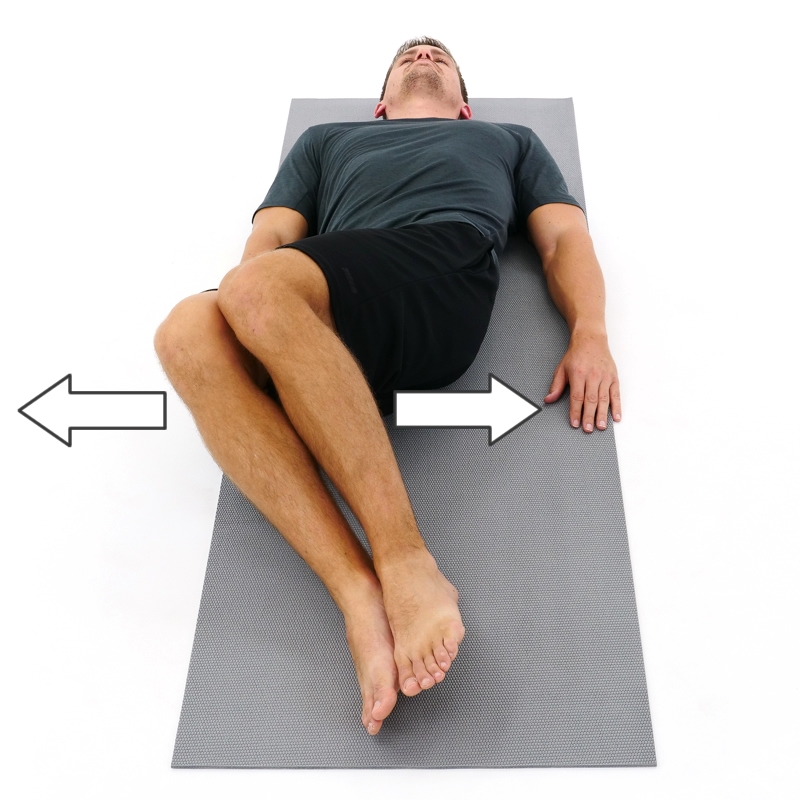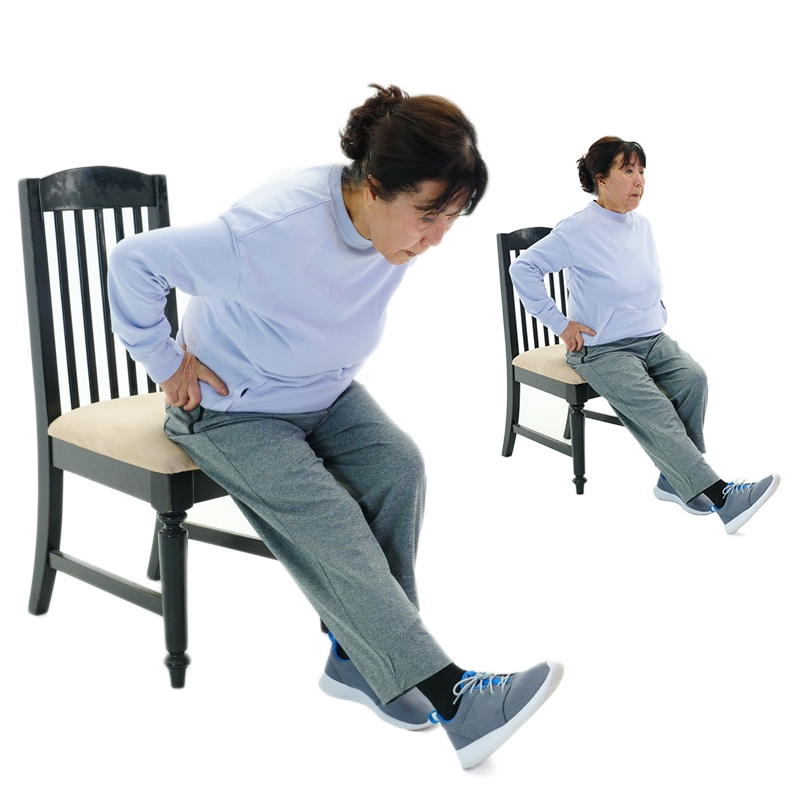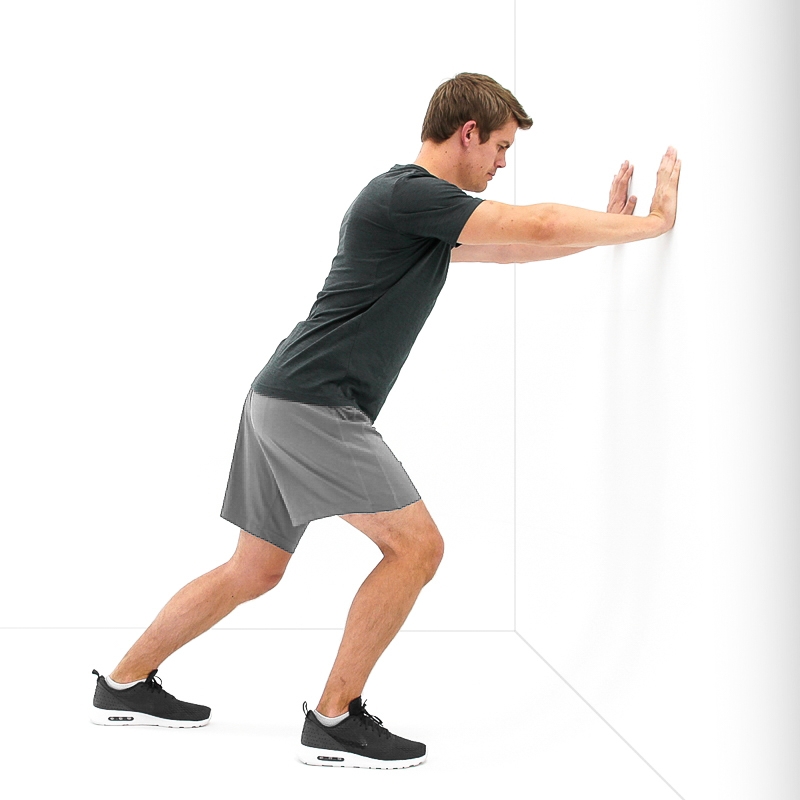Is stretching vital as we age?

Post Author: Denise Winters, BS PTA
The aging process changes the human body’s ability to maintain elasticity in the muscles and connective tissues such as (fascia, ligaments, tendons, joint capsules, and muscle fascia). Elasticity is defined as the tissue’s ability to elongate and return to its original state, like a spring (Wallmann, 2009). The aging process includes hormonal fluctuation, body density changes, cartilage breakdown, and decreased blood circulation that carries oxygen-rich cells to the muscles. The results of the changes the body endures during the aging process change the muscle and tendon flexibility (Whitbourne, 1985).
Research shows that even though collagen fibers in the muscle tissue become less mobile and respond slower to stretching as we age, evidence indicates that those who remain active and continue a regimented flexibility program can maintain and improve flexibility (Wallmann, 2009). Keeping flexibility by performing stretches can increase muscle mass, improve strength, promote movement in greater ranges of motion, and can help to increase tolerance to exercise. Ultimately, stretching can potentially improve functional movement and quality of life (Whitbourne, 1985).
Wallmann, H. W. (2009). Stretching and flexibility in the aging adult. Home Health Care Management & Practice, 21(5), 355-357. https://doi.org/10.1177/1084822309334073
Try these stretches at home..
Lower Trunk Rotations

1. Start by lying on your back with your knees bent.
2. Gently rotate your spine as you move your knees to one side.
3. Reverse the direction and move your knees to the other side.
Repeat steps 2 and 3 as you move through a comfortable range of motion.
Seated Hamstring Stretch

1. Start by sitting near the edge of a chair.
2. Gently lean forward with your heel on the floor and your knee straight.
Always keep your spine straight and remember to bend through your hips.
Standing Calf Stretch

1. Start by standing in front of a wall.
2. Step forward with one foot as shown here. Keep your back leg bent at the knee.
3. Lean forward towards the wall and support yourself with your arms as you allow your front knee to bend until a gentle stretch is felt along the back of your leg that is most behind you.
Related Pages
Complimentary Injury AssessmentSee All Locations
Blog Archive
Follow Us
Have a question?
We can help, just fill out the form!
